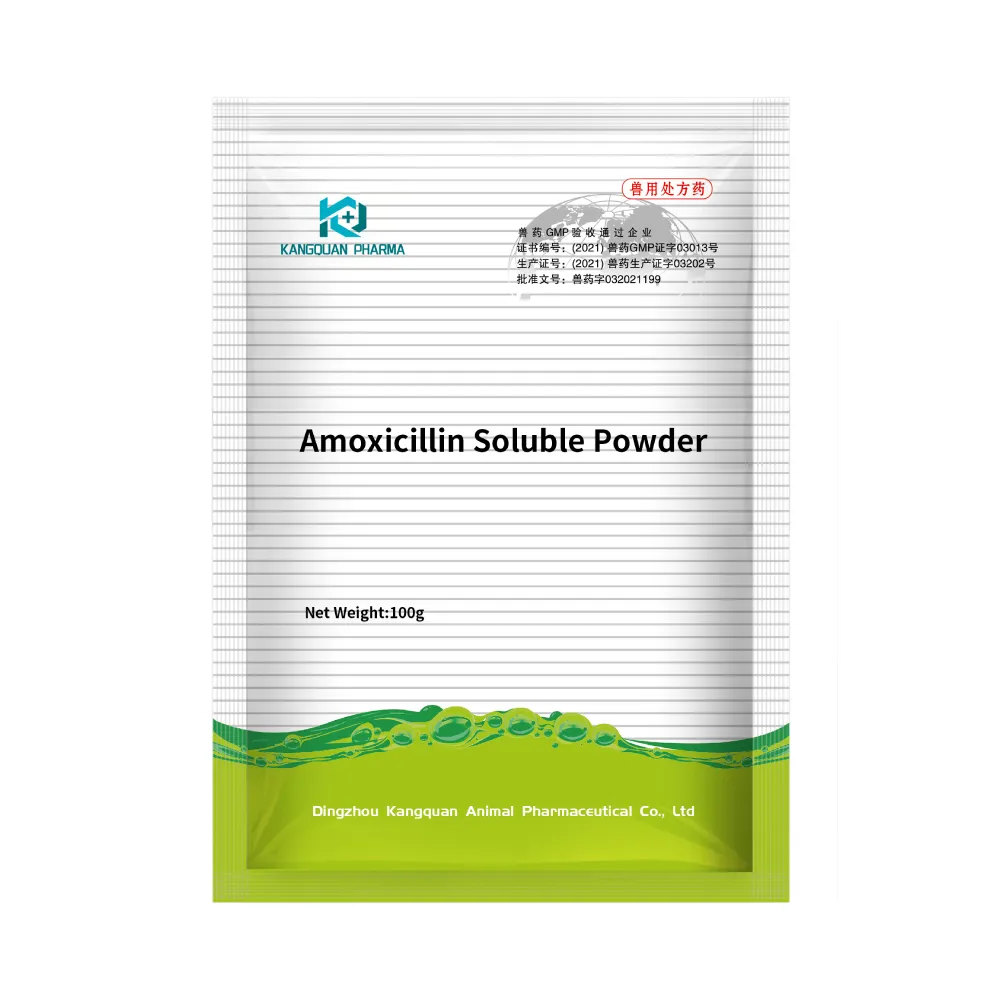- Afrikaans
- Albanian
- Amharic
- Arabic
- Armenian
- Azerbaijani
- Basque
- Belarusian
- Bengali
- Bosnian
- Bulgarian
- Catalan
- Cebuano
- Corsican
- Croatian
- Czech
- Danish
- Dutch
- English
- Esperanto
- Estonian
- Finnish
- French
- Frisian
- Galician
- Georgian
- German
- Greek
- Gujarati
- Haitian Creole
- hausa
- hawaiian
- Hebrew
- Hindi
- Miao
- Hungarian
- Icelandic
- igbo
- Indonesian
- irish
- Italian
- Japanese
- Javanese
- Kannada
- kazakh
- Khmer
- Rwandese
- Korean
- Kurdish
- Kyrgyz
- Lao
- Latin
- Latvian
- Lithuanian
- Luxembourgish
- Macedonian
- Malgashi
- Malay
- Malayalam
- Maltese
- Maori
- Marathi
- Mongolian
- Myanmar
- Nepali
- Norwegian
- Norwegian
- Occitan
- Pashto
- Persian
- Polish
- Portuguese
- Punjabi
- Romanian
- Russian
- Samoan
- Scottish Gaelic
- Serbian
- Sesotho
- Shona
- Sindhi
- Sinhala
- Slovak
- Slovenian
- Somali
- Spanish
- Sundanese
- Swahili
- Swedish
- Tagalog
- Tajik
- Tamil
- Tatar
- Telugu
- Thai
- Turkish
- Turkmen
- Ukrainian
- Urdu
- Uighur
- Uzbek
- Vietnamese
- Welsh
- Bantu
- Yiddish
- Yoruba
- Zulu
8 月 . 12, 2024 00:46 Back to list
Albendazole 200 mg Suspension for Effective Treatment of Parasitic Infections in Patients
Understanding Albendazole 200 mg Suspension Uses, Mechanism, and Considerations
Albendazole is a broad-spectrum anthelmintic medication that is commonly used to treat a variety of parasitic infections. Among its available formulations, the 200 mg suspension is particularly popular due to its versatility and ease of administration, especially for pediatric patients and those who have difficulty swallowing tablets. This article will delve into the uses, mechanism of action, dosage considerations, and potential side effects of albendazole suspension.
Uses of Albendazole Suspension
Albendazole is effective against a range of parasitic worms, including nematodes (roundworms), cestodes (tapeworms), and some protozoa. It is commonly prescribed to treat infections such as hookworm, tapeworm, pinworm, and ascariasis. Additionally, albendazole is used in more severe cases, including echinococcosis and neurocysticercosis, where it is necessary to eliminate larval forms of the parasite present in the central nervous system.
The 200 mg suspension is particularly advantageous for children who require treatment for these infections but may resist taking solid forms of medication. The liquid formulation allows for precise dosing adjustments based on a child’s weight, making it an effective choice for pediatricians.
Mechanism of Action
Albendazole works by interfering with the metabolism of the parasites. It primarily inhibits the polymerization of tubulin into microtubules, which are essential for cellular processes in the parasites, including glucose uptake and division. This disruption leads to the depletion of glycogen stores within the worm, eventually resulting in its death. Moreover, albendazole has a broader effect as it also causes damage to the parasite’s outer structure, further impeding its ability to survive.
Dosage and Administration
albendazol 200 mg suspension

The standard dosage of albendazole suspension for treating intestinal helminth infections varies based on the type of infection and the age of the patient. Generally, the recommended dose for children is 10 to 15 mg/kg body weight, up to a maximum dose of 400 mg per day. It can be taken with or without food, though taking it with fatty meals may enhance its absorption.
Parents and caregivers should always follow the dosing instructions provided by the healthcare provider. It is crucial not to exceed the recommended dosage to minimize the risk of side effects and ensure the safety of the child.
Side Effects and Considerations
While albendazole is generally well-tolerated, users should be aware of potential side effects. Common adverse reactions include gastrointestinal disturbances such as nausea, vomiting, and abdominal pain. In some cases, patients may experience dizziness, headache, or transient liver enzyme elevation. Though rare, serious side effects such as allergic reactions or blood dyscrasias can occur, necessitating immediate medical attention.
Special precautions should be taken for pregnant women, as the safety of albendazole during pregnancy has not been established. It is typically recommended to avoid its use during the first trimester.
Conclusion
Albendazole 200 mg suspension is a valuable tool in the fight against parasitic infections, particularly in pediatric populations. Its effectiveness, ease of administration, and mechanism of action make it a go-to medication for healthcare providers. While it carries some risk of side effects, proper use and adherence to prescribed dosages can help ensure successful treatment outcomes. Always consult with a healthcare professional before initiating treatment to determine the appropriate course of action based on individual health needs.
-
The Power of Radix Isatidis Extract for Your Health and Wellness
NewsOct.29,2024
-
Neomycin Sulfate Soluble Powder: A Versatile Solution for Pet Health
NewsOct.29,2024
-
Lincomycin Hydrochloride Soluble Powder – The Essential Solution
NewsOct.29,2024
-
Garamycin Gentamicin Sulfate for Effective Infection Control
NewsOct.29,2024
-
Doxycycline Hyclate Soluble Powder: Your Antibiotic Needs
NewsOct.29,2024
-
Tilmicosin Premix: The Ultimate Solution for Poultry Health
NewsOct.29,2024













